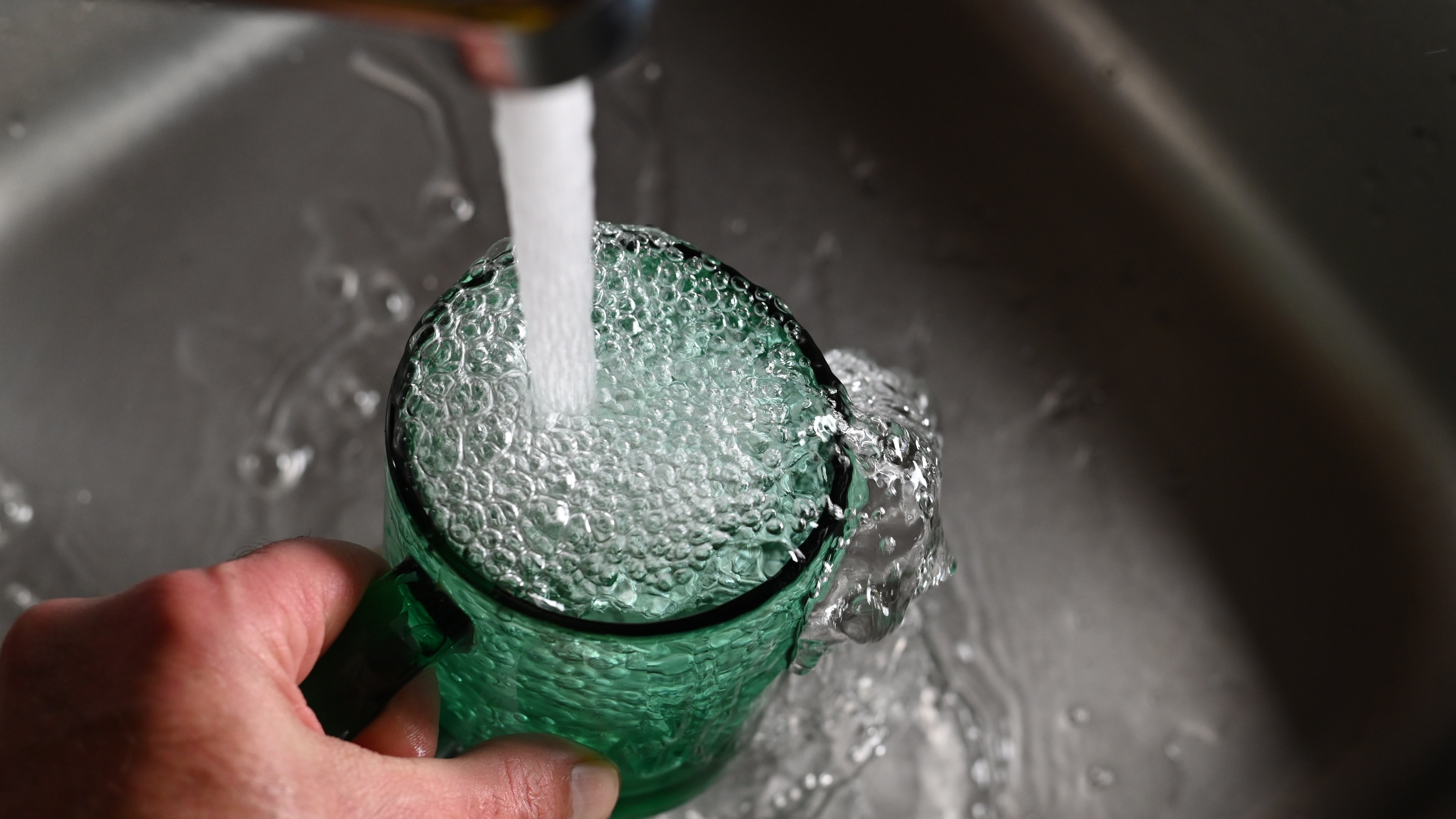Media release
From:
Author comment:
Dr Lokesh Padhye, Department of Civil and Environmental Engineering, University of Auckland, comments:
"Our study used empirical modelling to predict the concentrations of microplastics in Auckland’s drinking water. The study’s focus was on the Waikato River as a source of drinking water for many Aucklanders. We accounted for agricultural fields, industrial activities, surface runoffs, wastewater treatment plants, and other domestic and commercial sources of microplastics from the Waikato basin, and modelled their transport in the Waikato River using the riverine transport model. The drinking water concentrations were then estimated using literature-informed removal efficiencies of treatment processes.
"The findings from our study will be comforting to Aucklanders. The study estimated that the smaller-size microplastics (10-50 um) would be predominant among all microplastics present in Auckland’s drinking water, but the total concentration of microplastics in Auckland’s drinking water would be less than 65 particles per litre (or < 30 ng/L), even in the worst-case scenario. These concentrations are about 5-10 times lower than the literature reported values of microplastics in urban drinking waters. We believe lower industrial activities in New Zealand, the lower population density of the Waikato basin, and advanced ultrafiltration treatment at the Tuakau treatment plant are the primary reasons for the estimated lower values of microplastics in our drinking water."



 New Zealand
New Zealand



